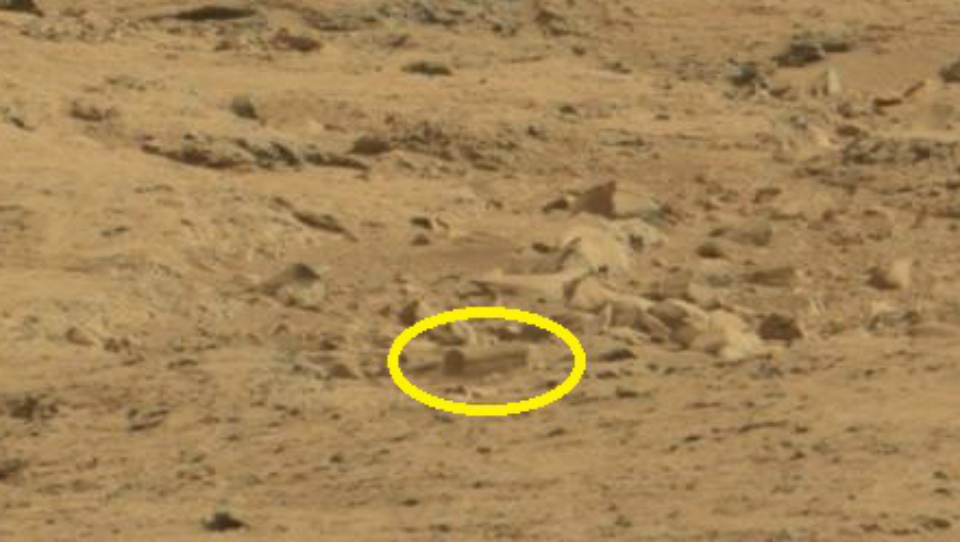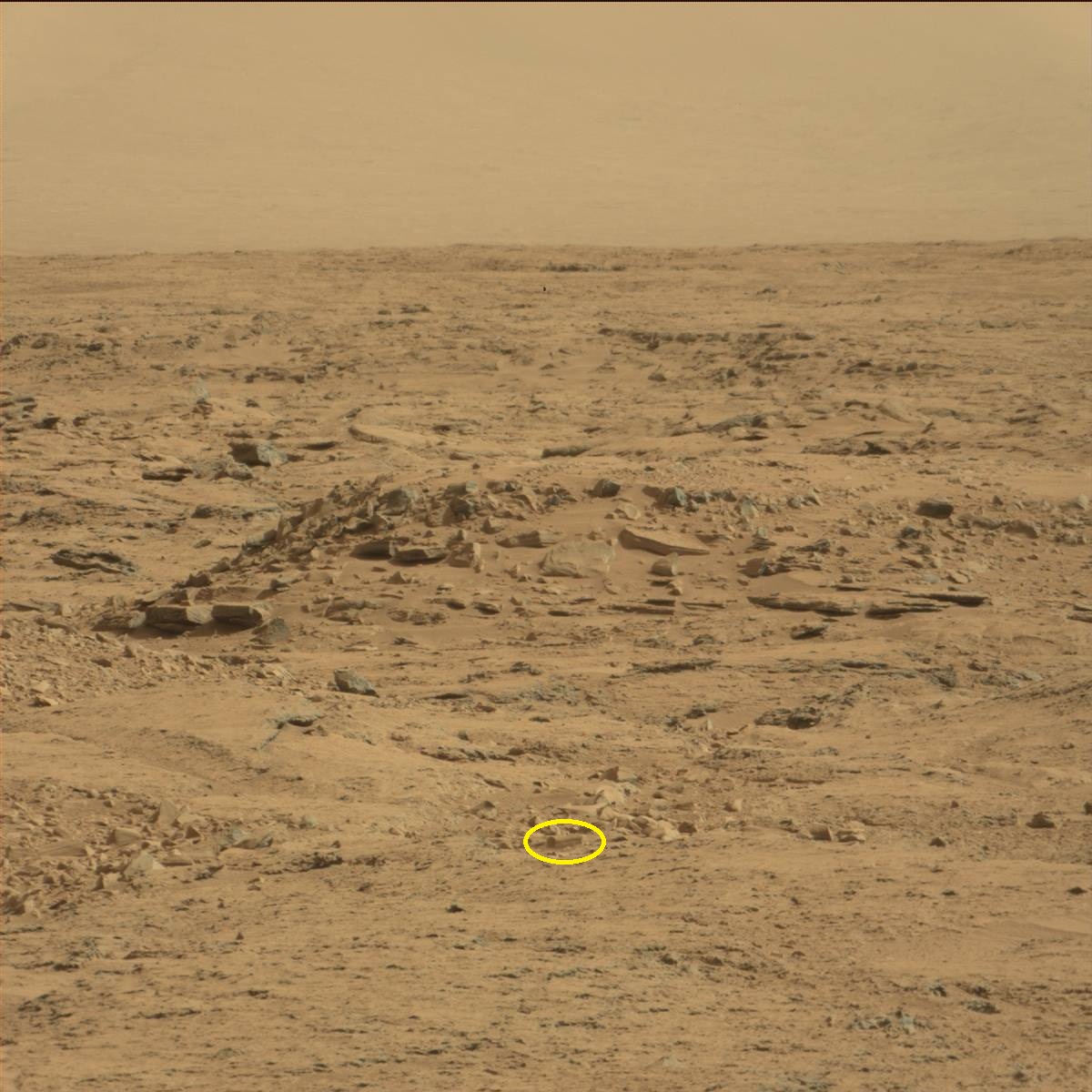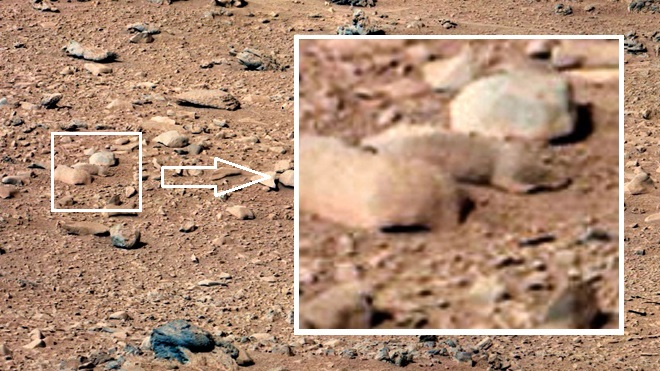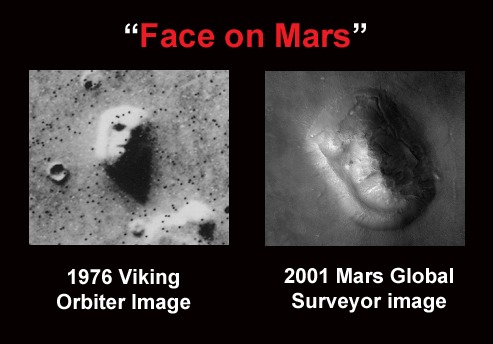ADVERTISEMENT
Filtered By: Scitech
SciTech
Strange ‘Coffin’ found on Mars, but likely not Dracula’s
By MICHAEL LOGARTA
The many photos taken by NASA’s Curiosity rover have so far revealed Mars to be devoid of signs of intelligent extraterrestrial activity. A particular snapshot, however, reveals a strangely shaped-structure, which has gotten many UFO enthusiasts extremely excited.

As can be seen in the image, we have what seems to be a coffin on the surface on Mars. So is this evidence that Dracula has beaten humanity to the Red Planet?
The thousands of photographs NASA takes of Mars’ surface are publicly released via the agency’s website. The above picture was taken from said website, and edited to focus our attention on the object of interest. The raw image itself, while extraordinary, shows no clear indication of alien shenanigans of the spacefaring vampire kind:

In a 13-minute video, Will Farrar of the YouTube channel WhatsUpInTheSky37 explains how he discovered the “coffin.” In the video’s description, he states: “This little box sure does look like a modern coffin concrete liner… Even if its just a standard rock when you tie in the surroundings as well as what looks like intelligent stonework on the back part of the hill you start to get the picture of a buried civilization.”
Other UFO fans have chimed in, with one site complaining that it is “incomprehensible that NASA takes no action to examine the stone box.” The site also states “the stonework on the back part of the hill” looks like “stairs or some left over stonework from some old civilizations constructions.”
Rats!
If you think finding a coffin on Mars is weird, how about sightings of cute critters roaming its rocky, barren landscapes?
A photo taken by Mars Curiosity rover on September 28, 2012, reveals something that bears an uncanny resemblance to a rat crouched between two rocks.

Though not quite a Biker Mouse from Mars, the “creature” appears to be “a cute rodent on Mars,” at least as described by Scott Waring of the UFO Sightings Daily blog.
“Note its lighter color upper and lower eyelids, its nose and cheek areas, its ear, its front leg and stomach,” said Waring. “Looks similar to a squirrel camouflaged in the stones and sand by its colors.”
According to Waring’s correspondents, the “rodent” could have come from Earth, sent to Mars as part of NASA’s experiment to see how long animals can survive in the alien environment.
“Why would they not tell us about it?” asked Waring. “Because the squirrel would be expected to die eventually and that would get PETA (People for the Ethical Treatment of Animals) to fight against them in a court of law.”
Seeing things that aren’t really there
Those more critical of the photographs point out that the coffin and rat are most probably just regular Mars rocks.
"The Mars rodent is actually an example of a psychological phenomenon called pareidolia," notes Space.com.
"Pareidolia refers to the tendency of the human brain to perceive animals or other familiar shapes in vague or random images. The phenomenon has fueled a great deal of excited speculation about the Red Planet over the years," it added.
According to psychologists, pareidolia is when we perceive human faces and other significant shapes in otherwise totally random or vague patterns. The human brain has evolved a propensity for seeing things that aren’t really there, which accounts for the animal shapes we make out in clouds, and the “hidden messages” we hear when some music tracks are played backwards.
One of the most infamous cases of pareidolia is the “Face on Mars,” which was photographed in 1976 by NASA’s Viking 1 orbiter.

— TJD, GMA News
More Videos
Most Popular




